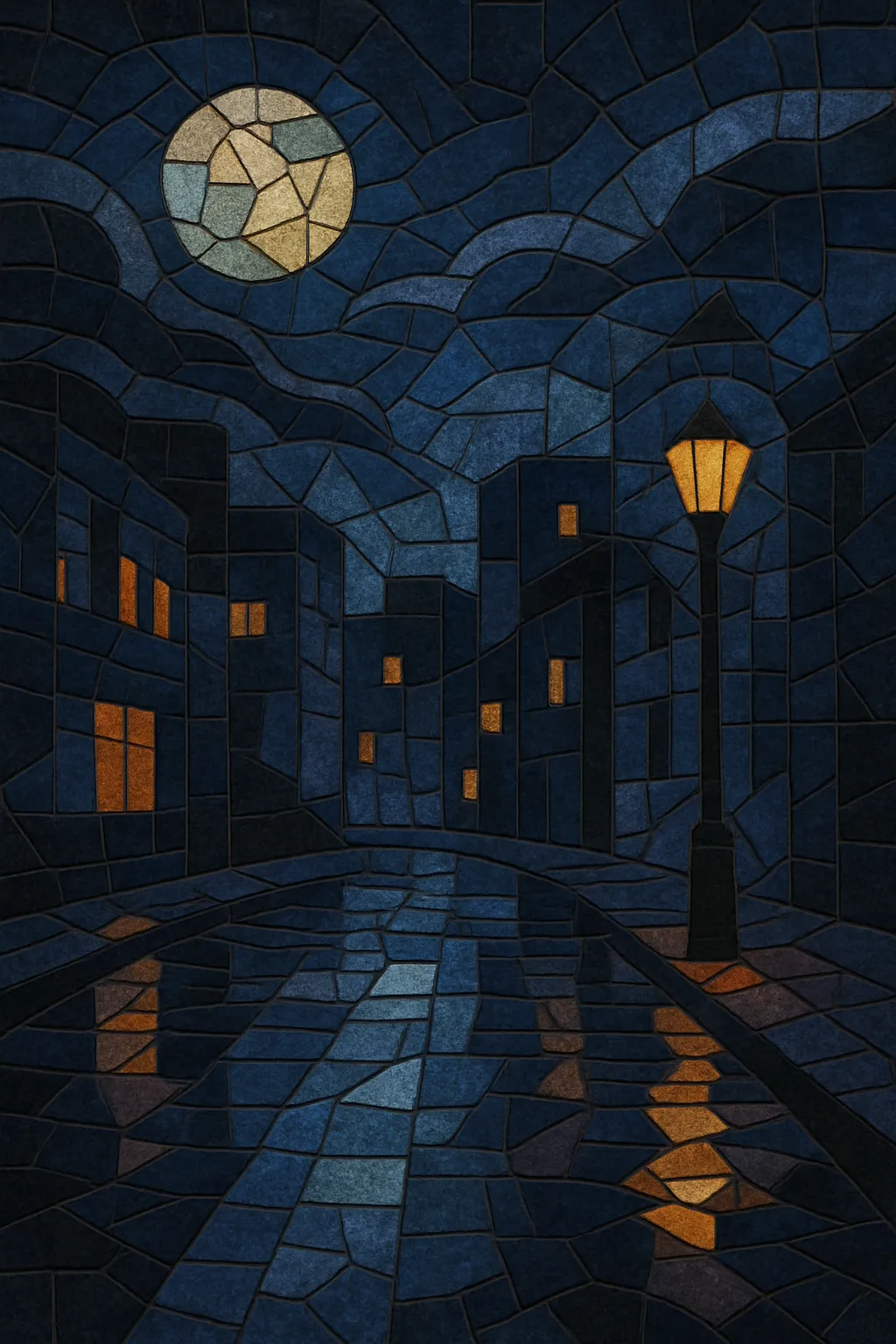
Future garage is a UK-born mutation of UK garage and dubstep that pivots from peak-time club energy toward intimate, headphone-focused listening.
It is defined by shuffling 2‑step drum programming (swung hi‑hats, syncopated snares, ghost kicks), deep sine/sub bass, foggy pads, and the use of pitched, chopped R&B or soul vocal fragments as texture rather than lead melody.
Producers often weave in field recordings (rain, street noise, vinyl crackle), generous reverb, and subtle sound-design to evoke a nocturnal, reflective atmosphere.
Typical tempos hover around 130 BPM, with grooves that imply both half‑time glide and garage shuffle, and harmony that favors minor keys, suspended chords, and slow-moving, emotive progressions.
The roots of future garage lie in the afterglow of UK garage and the early maturation of dubstep in the mid‑to‑late 2000s. Burial’s albums (notably “Untrue,” 2007) provided a key blueprint: shuffling garage-derived drums, sub‑bass pressure, ghostly vocal shards, and urban ambience presented as a deeply emotive, inward-looking experience.
Around 2009–2011, the term “future garage” gained traction among producers, DJs, and online forums dedicated to a softer, more atmospheric take on garage rhythms. Labels, radio shows, and net communities (e.g., L2S Recordings and related scene hubs) helped codify the style—encouraging nuanced rhythm programming, textural foley, and cinematic space.
Early 2010s releases by artists such as Synkro, Clubroot, Phaeleh, Sorrow, and Submerse solidified the genre’s palette: swung 2‑step drums at ~130 BPM, warm subs, melancholy harmony, and vocal micro-sampling. Parallel post‑dubstep and broader UK bass currents (Mount Kimbie, James Blake, Sepalcure, Koreless) intersected with future garage’s aesthetic while pushing it into album-oriented and live contexts.
By the mid‑to‑late 2010s, future garage’s DNA had spread globally via SoundCloud, Bandcamp, and YouTube channels that championed moody, cinematic bass music. Producers from Russia, Europe, and North America (e.g., Volor Flex, Vacant) adopted the style’s signature shuffle, texture, and sentiment. The genre’s spacious sound design and emotive minimalism influenced adjacent scenes—from chillstep and lo‑fi beat cultures to modern wave and weightless experiments—while remaining a distinct, enduring corner of the UK bass continuum.

